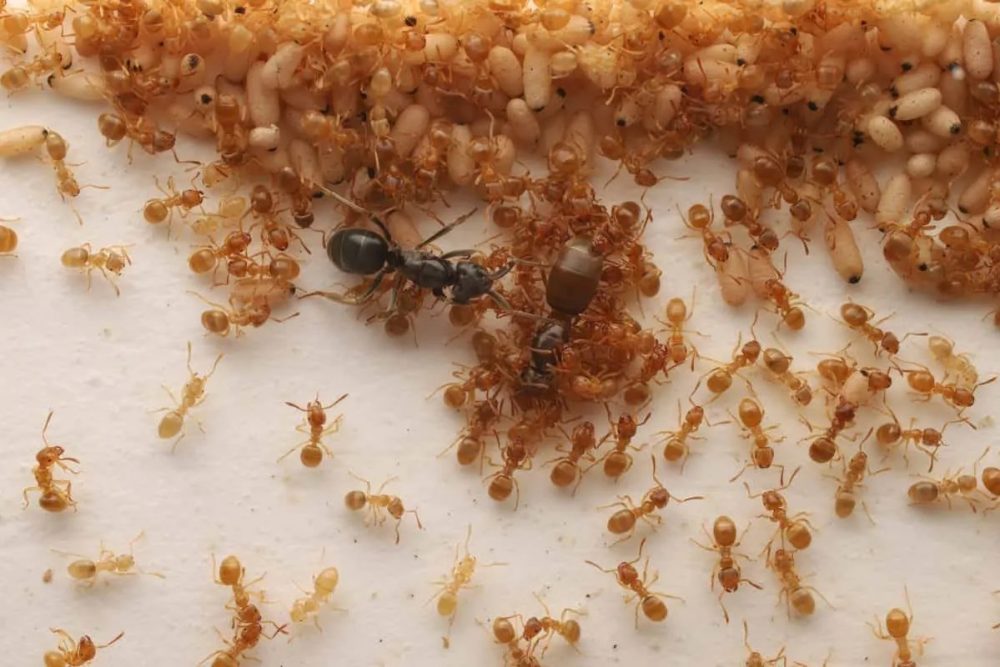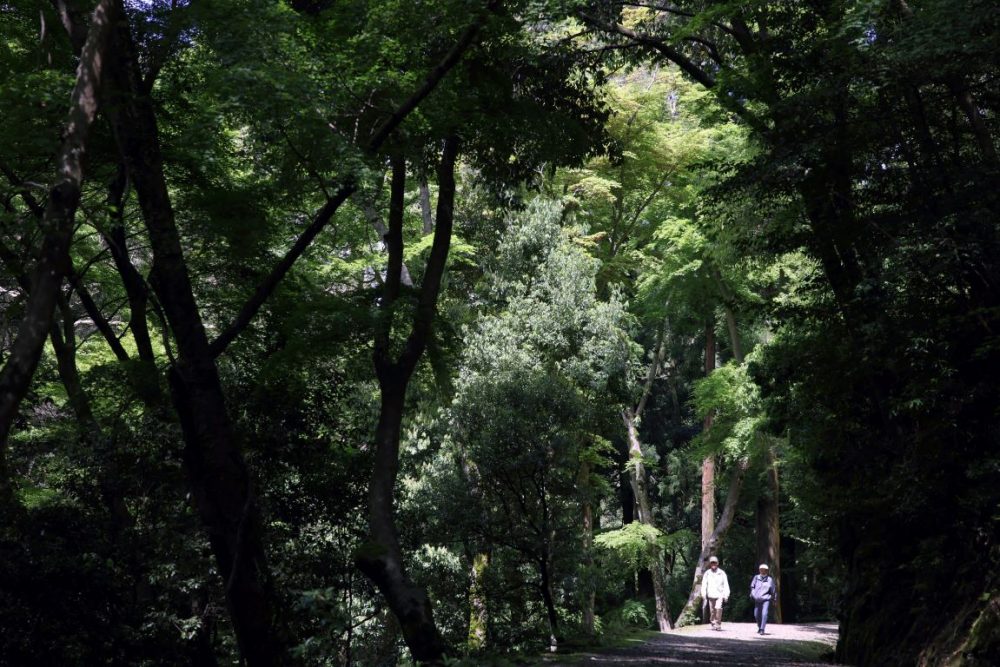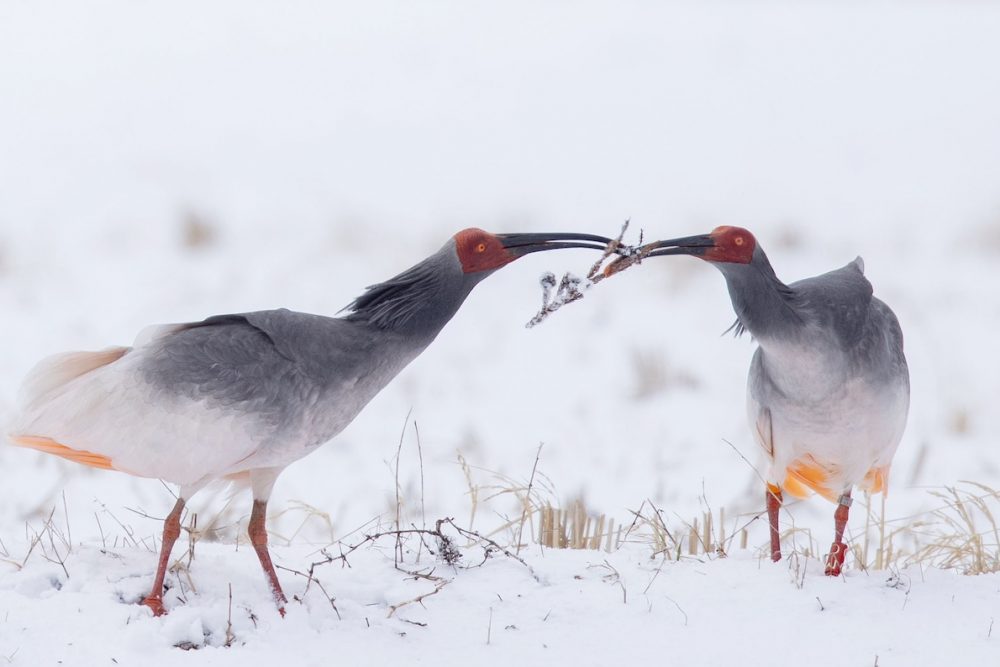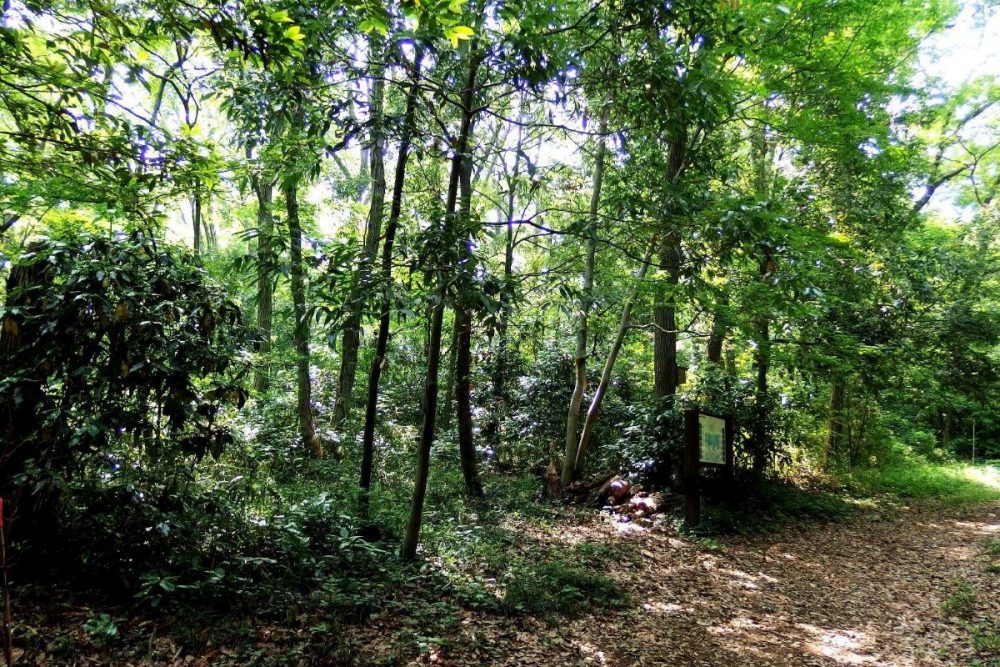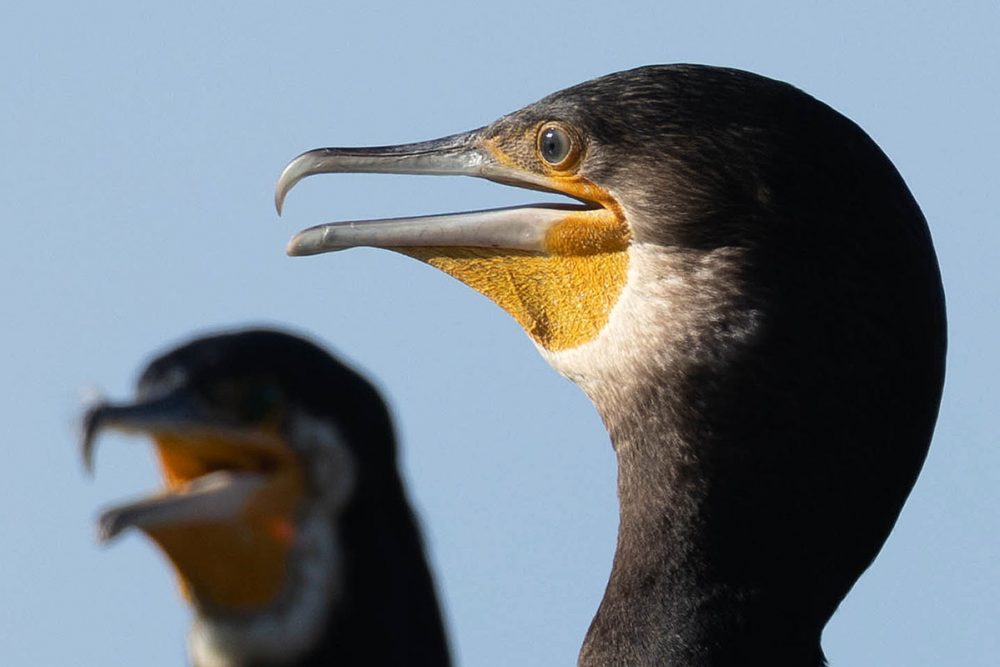Sado Wildlife in Focus | Dramatic Heron Clashes Erupt!
Fumie Oyama's Sado photo essay series continues with stunning moments of herons sharing their habitat with the crested ibis, a nationally protected species.
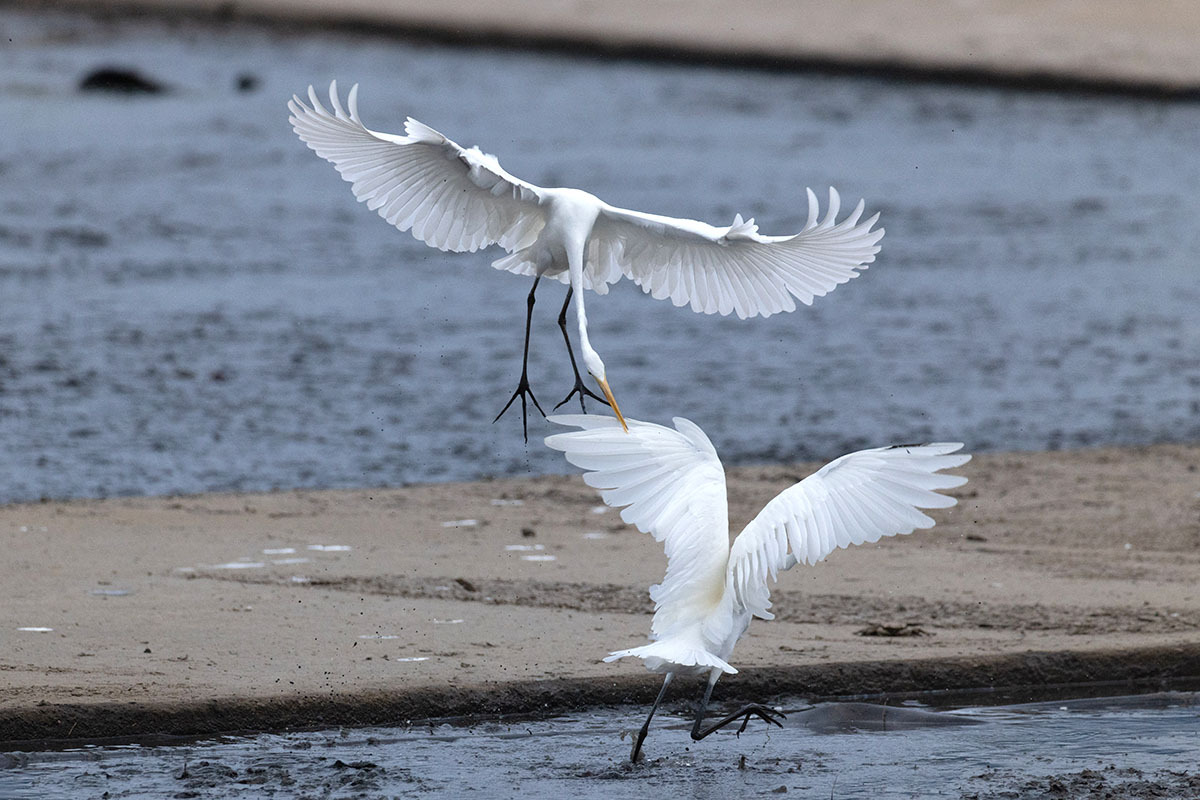
As the intense summer heat eases, the rice harvest on Sado Island is in full swing. It is one of Niigata Prefecture's renowned rice-producing areas. The fields are turning into golden seas of ripening stalks. With ponds being drained, herons and crested ibises gather to take advantage of the abundant food. While the calm and graceful ibis quietly forages, the herons engage in fierce, dramatic battles over their next meal.
A Seasonal Bird Paradise
Sado Island has entered its rice harvest season. While daytime temperatures remain warm, mornings and evenings have cooled. Long sleeves are required, and the weather is much more pleasant. I've been busy helping with the harvest, spending my days on a combine harvester, leaving me with little time for photography.
However, there's one spot that's easy to capture during my limited free time — the farm ponds, which serve as water storage tanks. As irrigation needs wane and the ponds are drained, they expose an abundant feast of loaches and crayfish, favorites of the local birds.
The ponds transform into a haven for wildlife, attracting crested ibises, cormorants, and other birds, making it a prime yet fleeting location for photography. Among them, the herons stand out, confidently asserting themselves amidst the gathering of crested ibises.
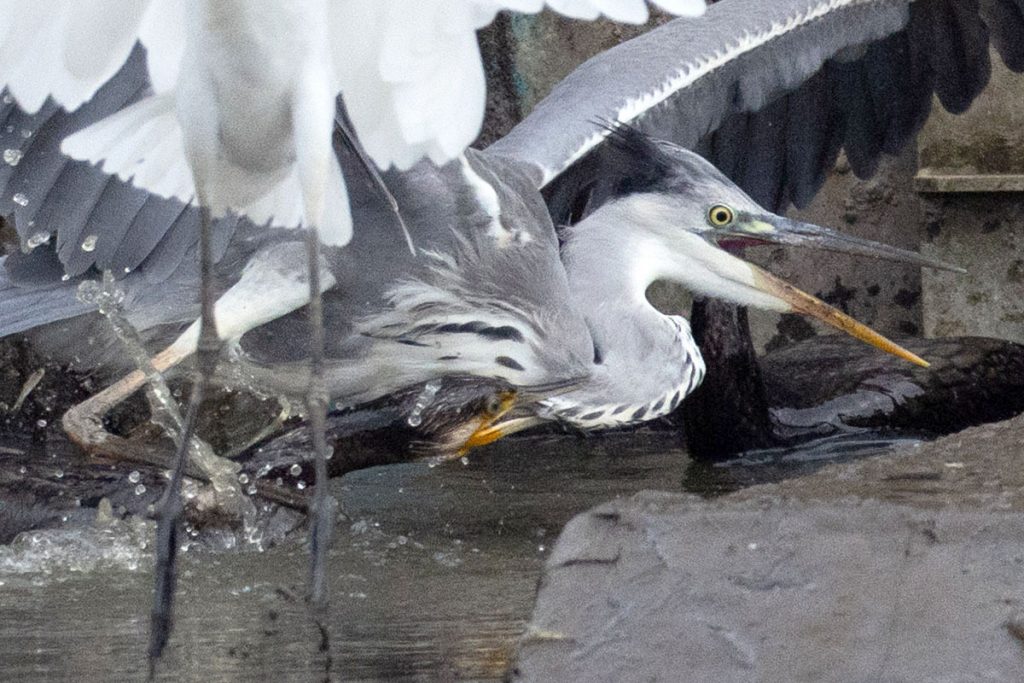
There's No Such Bird as a 'White Heron'
In Japan, egrets are often called shirasagi, or "white heron," due to their distinctive white plumage. However, there is no heron species officially named "white heron." The term "heron" is broad, encompassing various species classified by size: great egrets, medium egrets, and little egrets, all sharing their characteristic white color.
Though they appear similar, great and medium egrets can be differentiated by their beaks, which turn black in summer and yellow in winter. In contrast, the little egret has yellow feet and a black beak year-round. Another distinguishing feature is their ornamental plumes—the little egret is the only "white heron" that showcases long crest feathers in summer.
The great egret, measuring about 90 cm from head to tail, is one of the largest herons, comparable in size to the gray heron. Unlike the great egret, the gray heron is not white but gray, with distinctive bluish-black wing feathers that set it apart.

Coexisting with the Crested Ibis
In the muddy landscape of drained farm ponds, crested ibises and herons forage side by side, dipping their beaks into the mud in search of food. Despite the close quarters and potential competition, these birds coexist surprisingly peacefully, with no fights breaking out over their meals.
The crested ibis uses its long, curved beak to probe deep into the mud. Meanwhile, herons rely on their keen eyesight and shorter, straight beaks to catch prey. Occasionally, herons take advantage of the ibis's efforts, snatching up fish or other food that the ibis misses. The little egret has a unique approach, shaking its feet in the mud to stir up hidden prey.

In Japan, white herons are revered as symbols of good luck and are often referred to as divine birds. However, when food is on the line, these sacred birds don't hesitate to clash, transforming the once serene ponds into noisy battlegrounds. Within a week, the food supply dwindles, the ponds dry up, and this vibrant bird paradise vanishes. As winter approaches, a quiet stillness settles back over the landscape.

Read more Sado Wildlife in Focus photo essays by photojournalist Fumie Oyama.
RELATED:
- [Sado Wildlife in Focus] The Crested Ibis in the Tapestry of Autumn's Colors
- Thousands of Japan’s Solar Plants Encroach Forests, Rice Fields, Wildlife Sanctuaries
(Read the essay in Japanese.)
Author: Fumie Oyama, Photojournalist
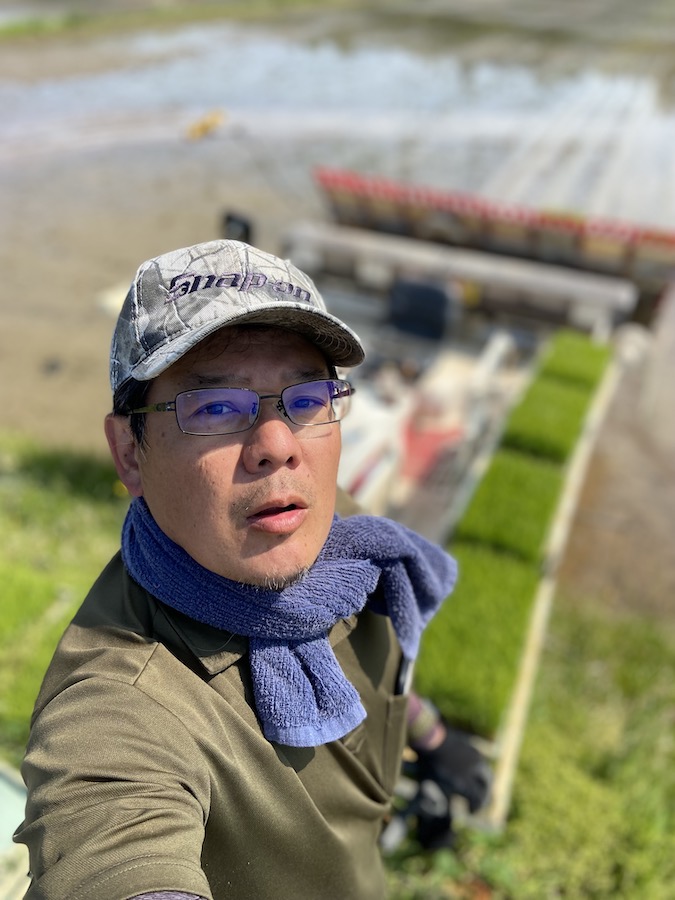
Fumie Oyama is a two-time winner of the Japan Newspaper Publishers & Editors Association Award as a photographer for the Sankei Shimbun. After covering the reintroduction of the crested ibis to the wild for 11 years, Oyama left the company in 2020 to move to Sado Island. There, he continues to photograph the ibis and other wildlife while engaging in farming. He currently promotes the charms of Sado Island as a photojournalist. Follow Fumie Oyama on Instagram.






